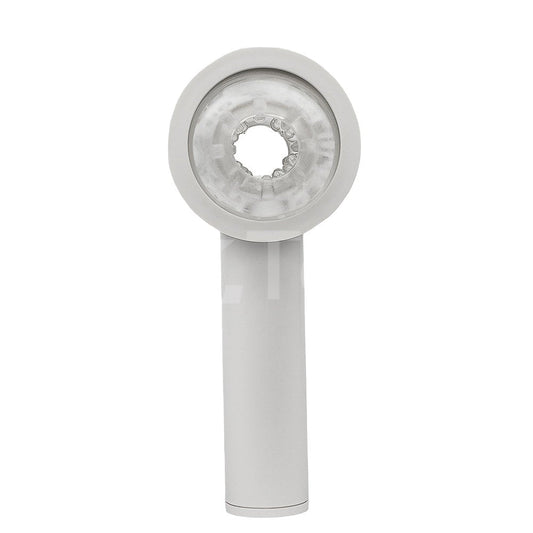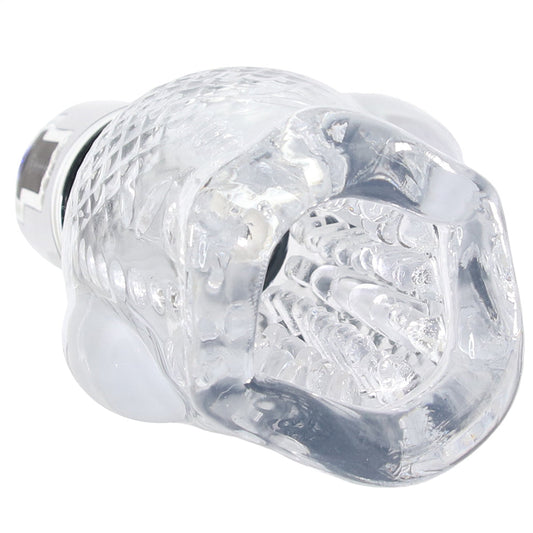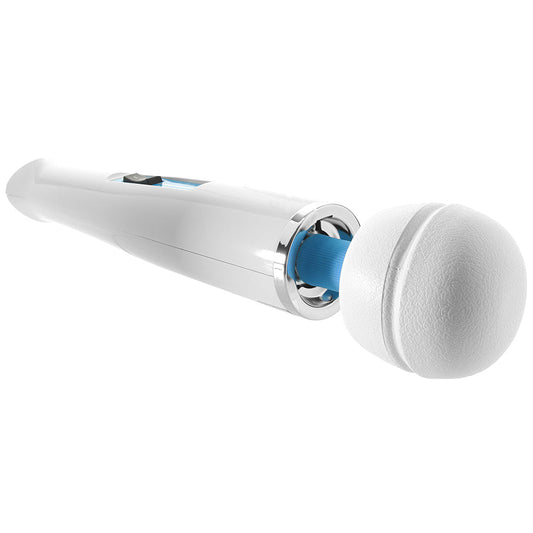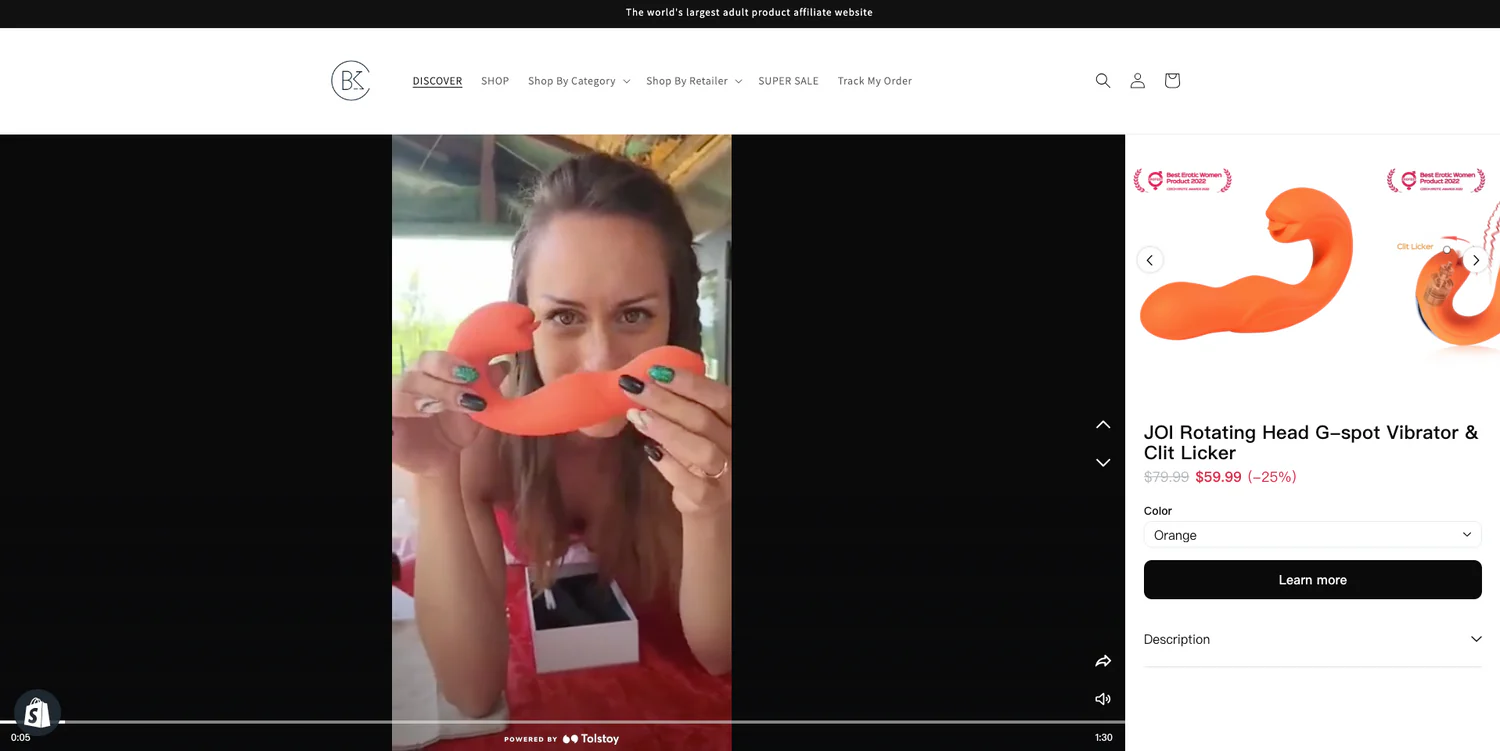One of the first worries that comes to mind when you’re thinking about having sex with someone new is whether or not you risk sharing an STD. No one wants a new infection, that’s understandable, and even if you already have an STD, you probably would prefer not to get another. So, it’s important to know which things you can do with a new partner that could expose you to an STD and why some things are riskier than others.
Activities that have No Risk
Naturally, abstaining from all sexual activities* completely is the only way to have no risk of sharing STDs. However, we realize that doesn’t help you decide what to do when you’re ready to have sex. Masturbation and using sex toys by yourself is an option, if you’re looking for zero percent risk. With a partner, talking, clothed cuddling, or watching your partner masturbate is also in the no risk category.
Don’t let that disappoint you, though. Most partnered sexual activities contain some level of risk, because when you’re touching someone’s skin or coming into contact with their bodily fluids, there’s going to be a risk of infection. Some STDs are spread by touching someone’s skin or bodily hair directly (ex: pubic lice, scabies, molluscum). Other STDs are spread by touching someone’s skin, but not just any skin on their body. Those infections need a point of entry, like a tiny cut or tear on your hands or on your genitals, or they need exposure to the sensitive, porous skin that’s in your mouth, on your vulva, in the tip of your penis, or in your anus (ex: herpes or HPV). Then there are other STDs that are spread by coming into contact with someone’s bodily fluids, like saliva, semen, genital secretions, or blood (ex: chlamydia, syphilis, gonorrhea, HIV, hepatitis, or trich).
* All sexual activities includes things like manual sex (“hand jobs” or mutual masturbation), oral sex (“blow jobs”, “giving head”, “going down on someone”), and penetrative sex (in the vagina or anus).
Activities that are Low Risk
Activities you can do with a partner that carry relatively low risk are: massage, touching and fondling, manual sex, dry sex with clothes on (rubbing bodies together), and kissing.
During these activities, you can still contract STDs (like herpes, CMV, HPV, mono, molluscum, scabies, or pubic lice), because you may come into contact with someone’s skin, and you may exchange saliva through kissing, but the risk is much lower than activities in the medium and high risk categories.
Activities that are Medium Risk
Activities you can do with a partner that carry medium risk are: sharing sex toys without cleaning them, dry sex with clothes off, and unprotected* oral sex.
These activities are riskier because there can be an exchange of bodily fluids such as saliva, semen, and genital secretions, and because there is more contact with a partner’s skin on areas that contain delicate tissues that are easily permeated.
Activities that are High Risk
Activities you can do with a partner that carry high risk are: unprotected* vaginal intercourse (penis in vagina sex) and unprotected* anal sex.
These activities are the riskiest because the anus doesn’t naturally lubricate, tiny cuts and tears during anal sex are common, and also because of exposure to bodily fluids and intense contact with the skin during all of these activities.
* Unprotected means you are not using a condom or any other barrier (a dental dam, gloves, internal/ female condom, or a diaphragm).
The Bottom Line
As you’re deciding which risks you’re willing to consider, it’s important to check in with your partner(s) to see if they have any concerns or if they’d like to reduce their risk with some safer sex measures. Sometimes you might choose to do something with one partner that you’re not ready to do with another, and that’s ok. Only you and your partner(s) can decide which activities you’d like to try and what will be best for your bodies.






















